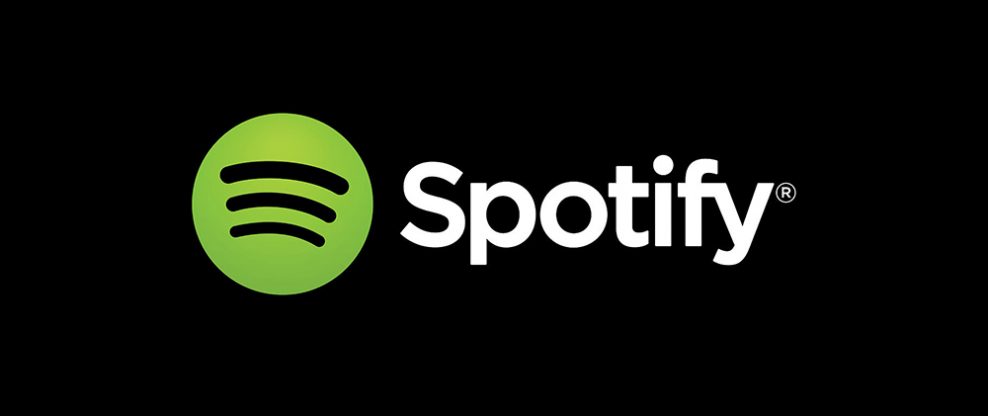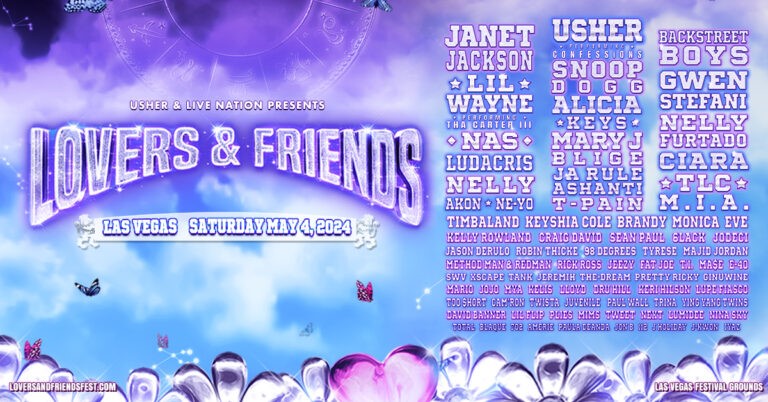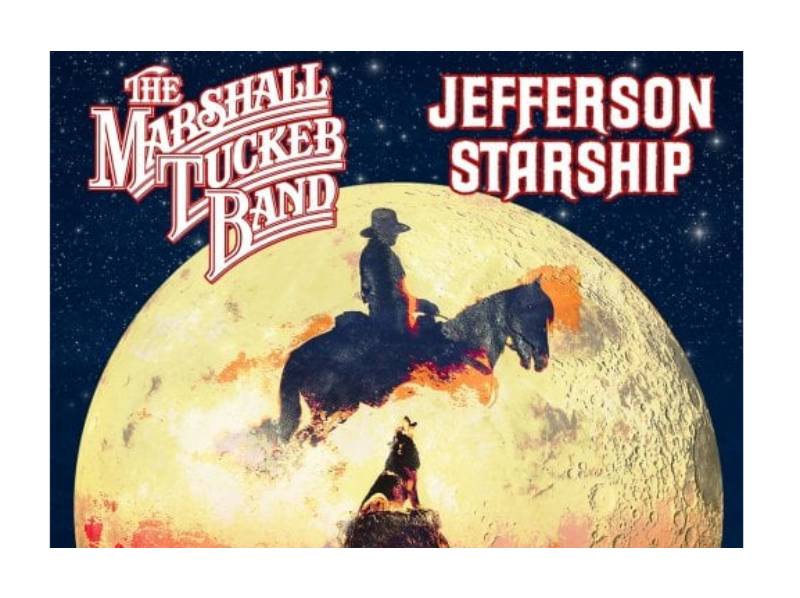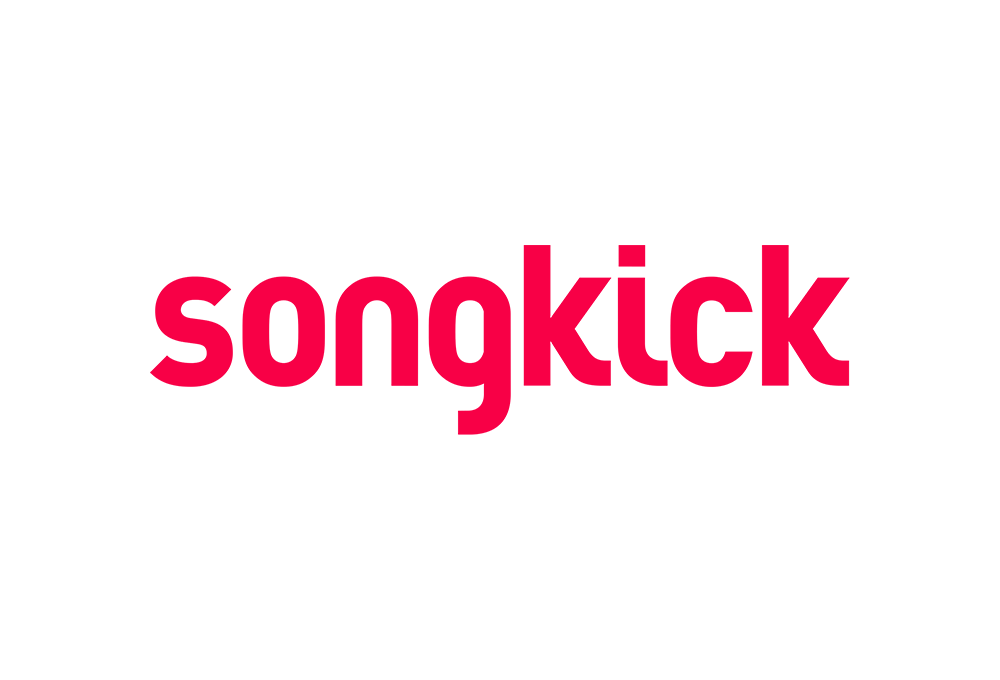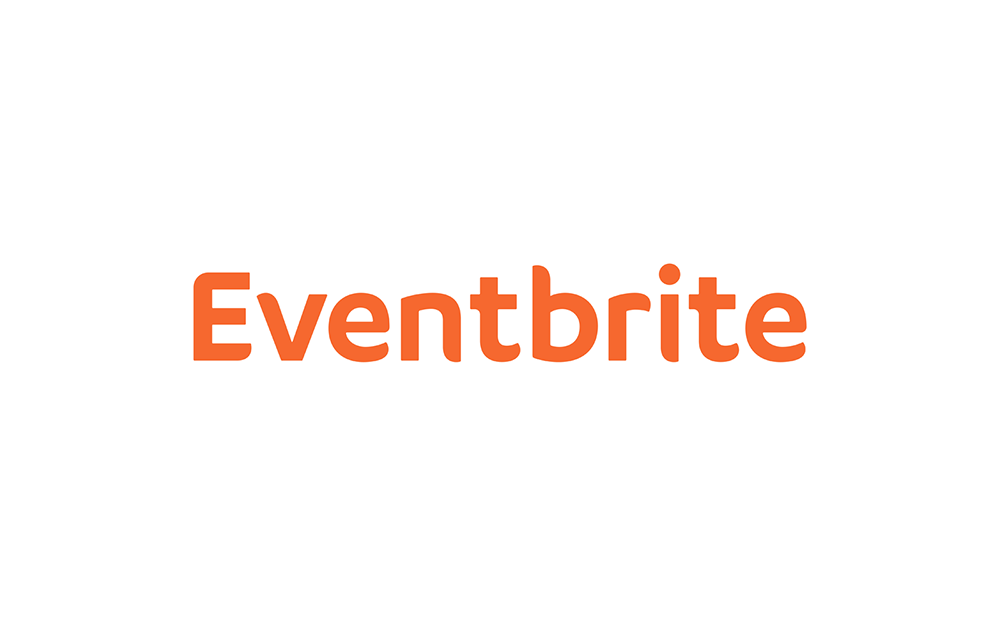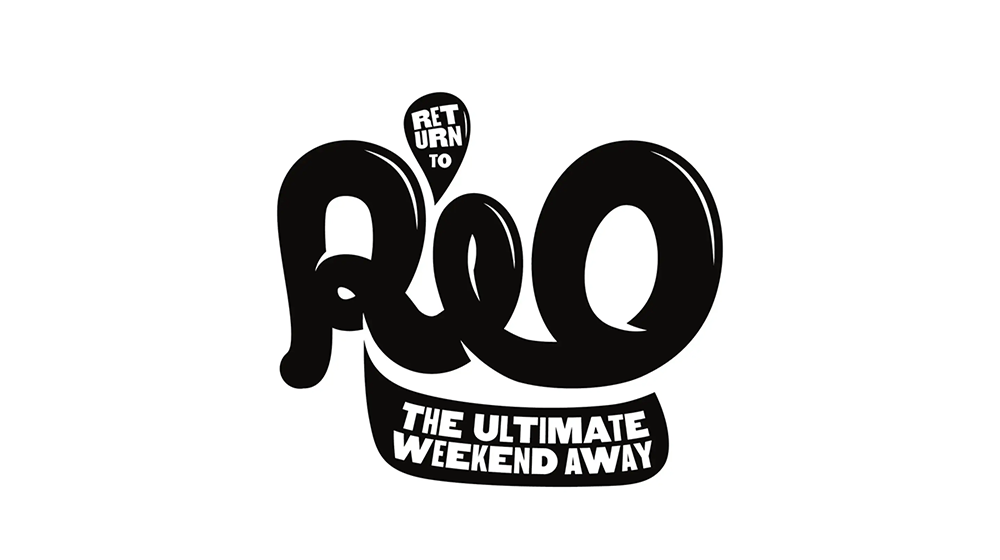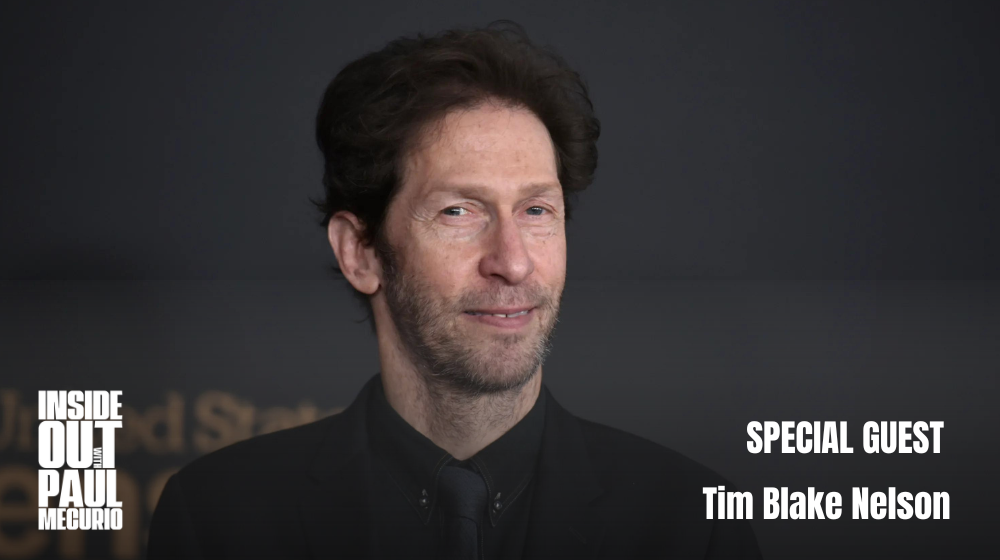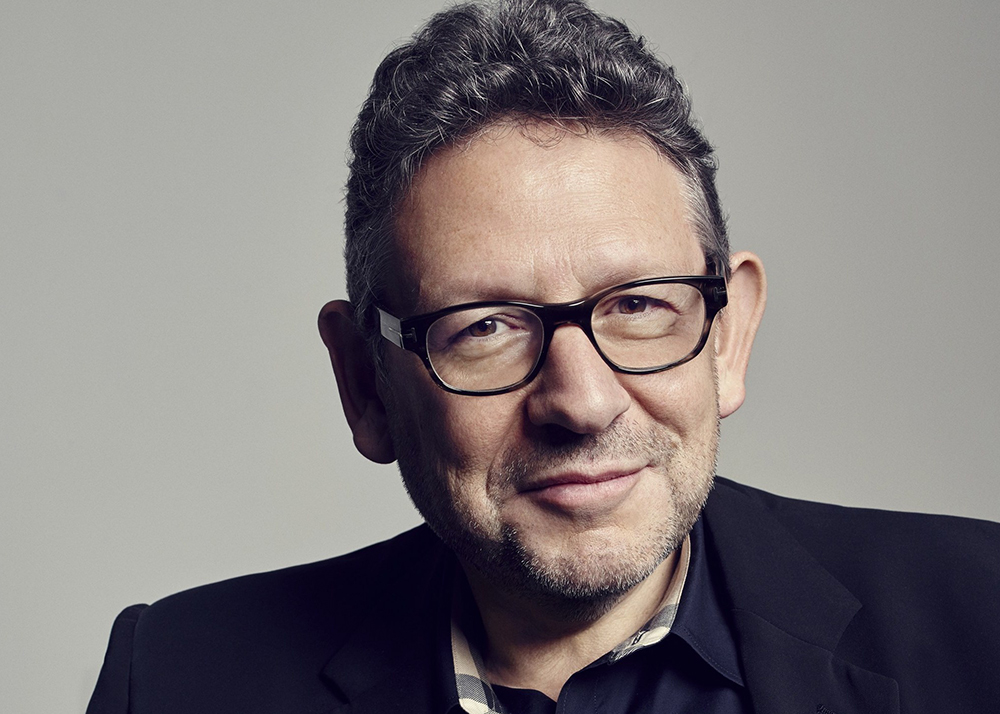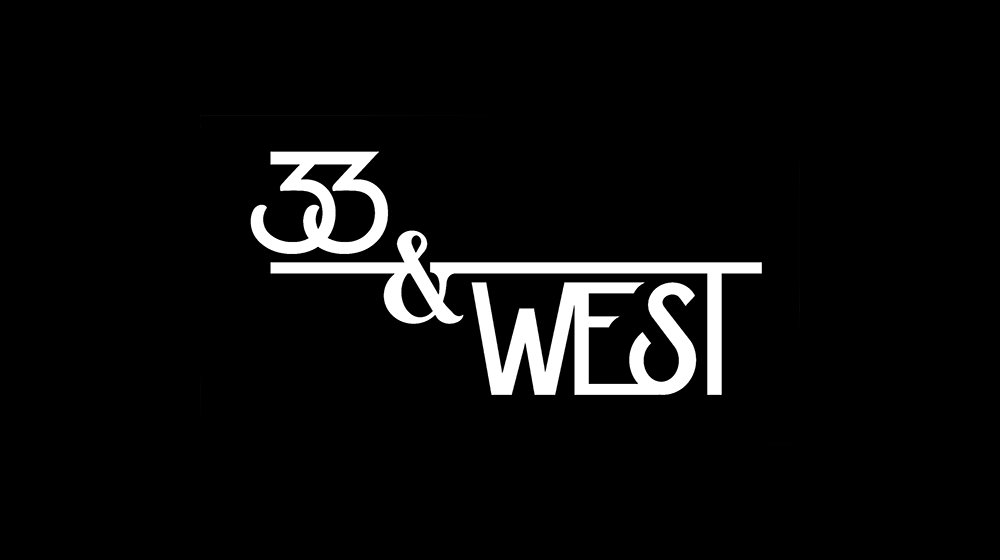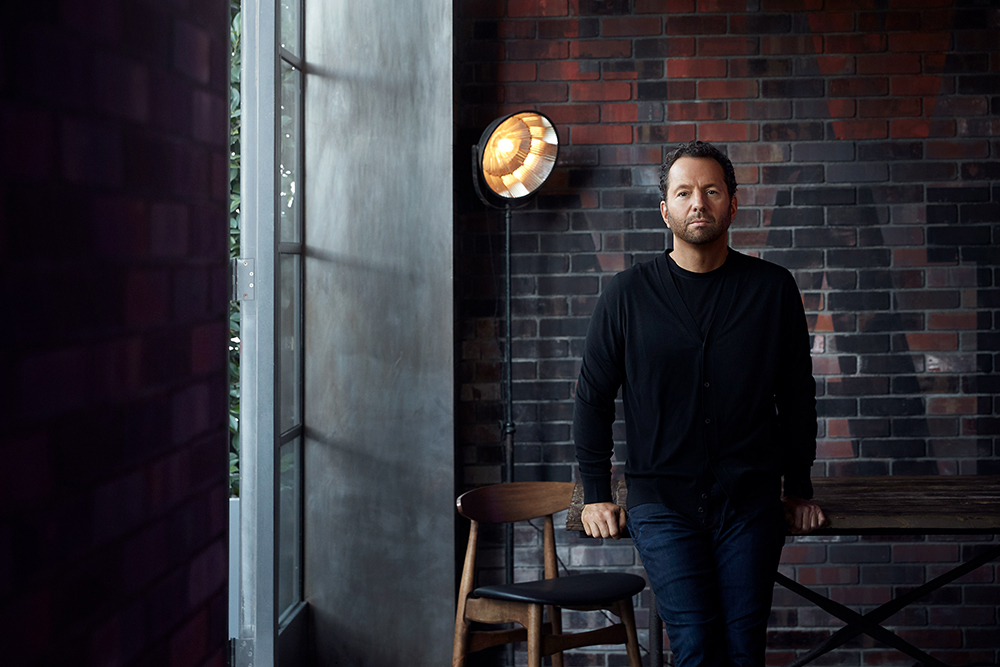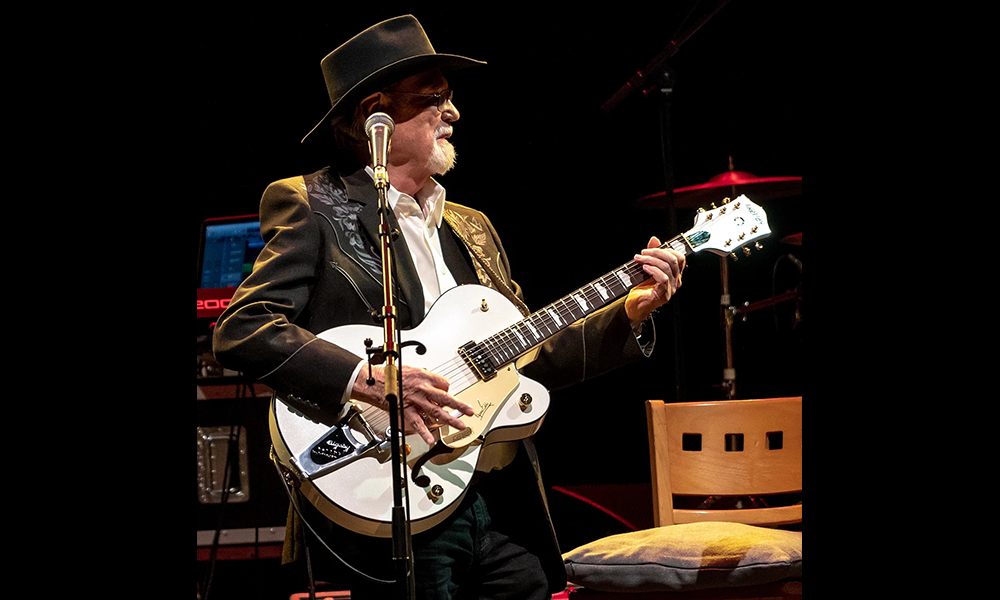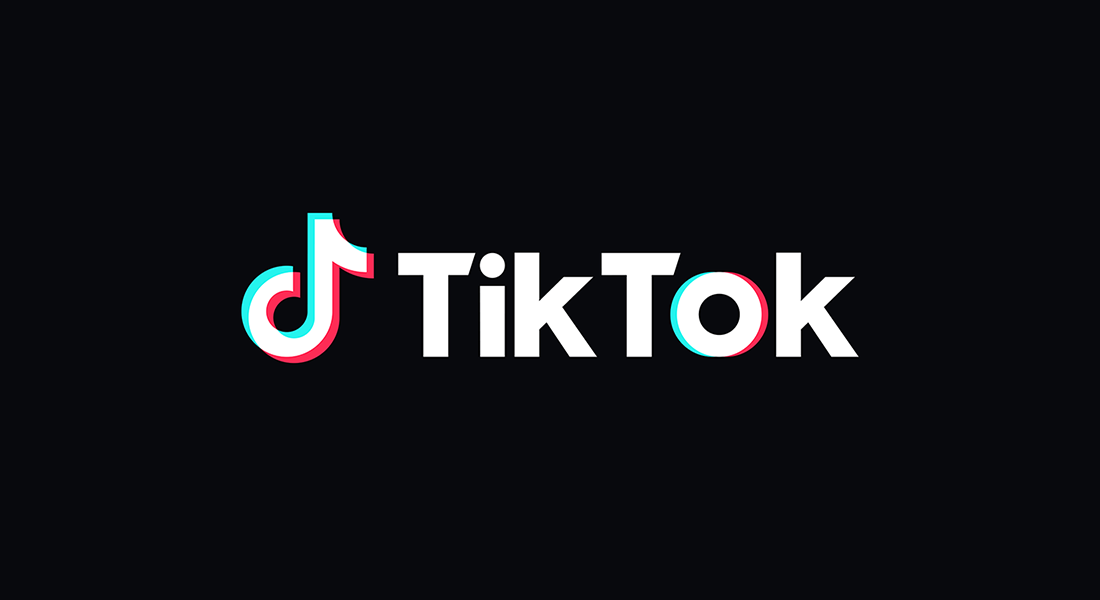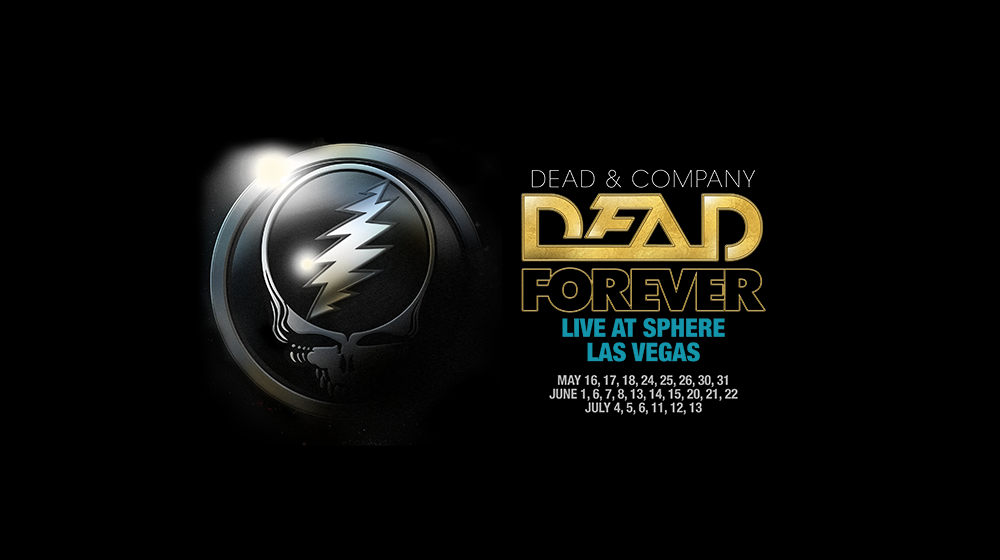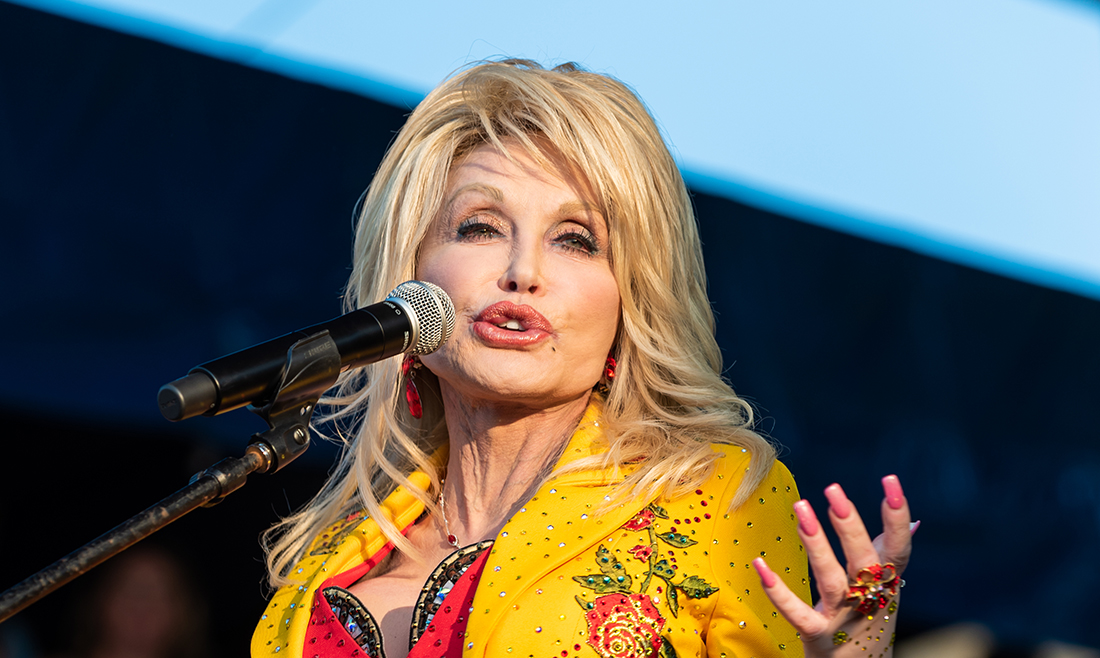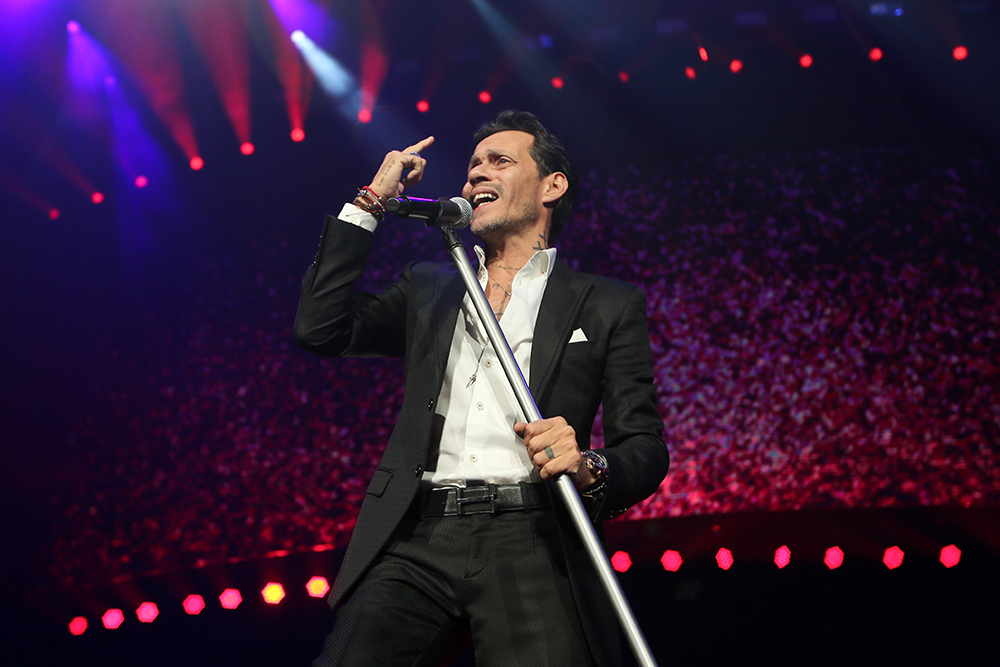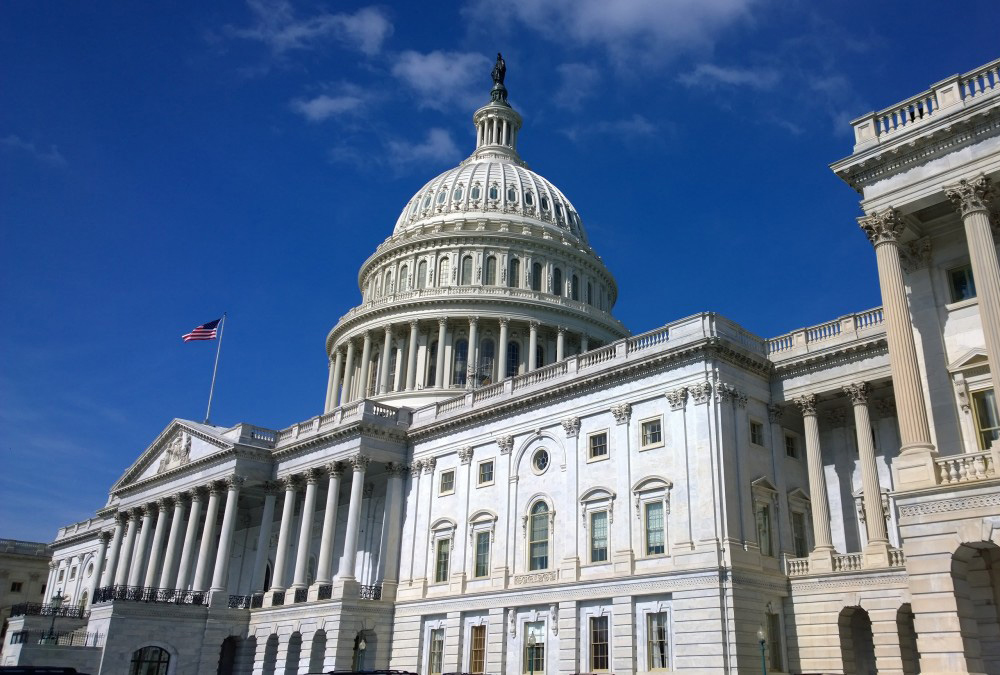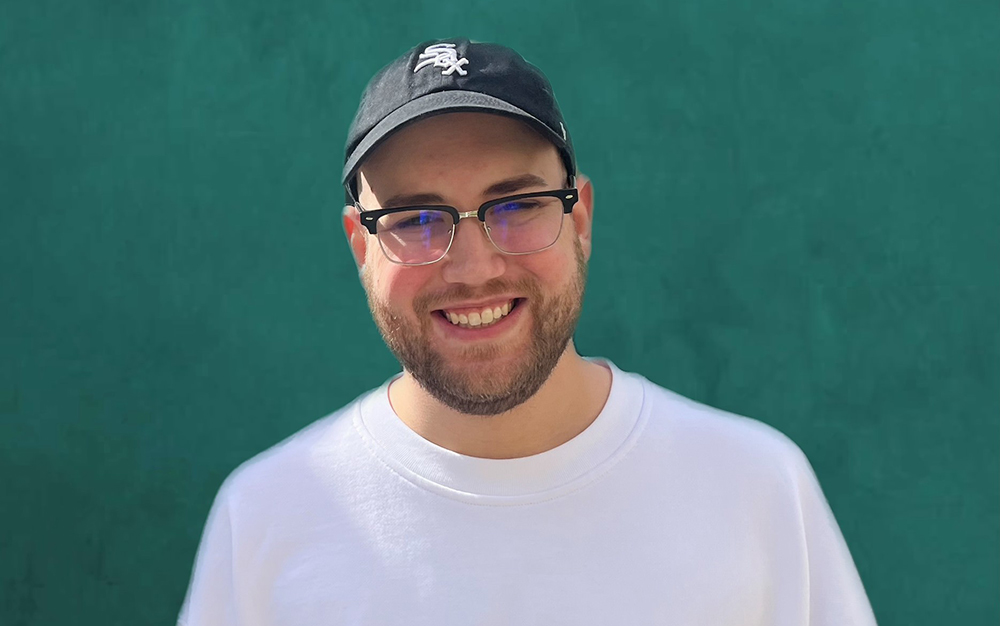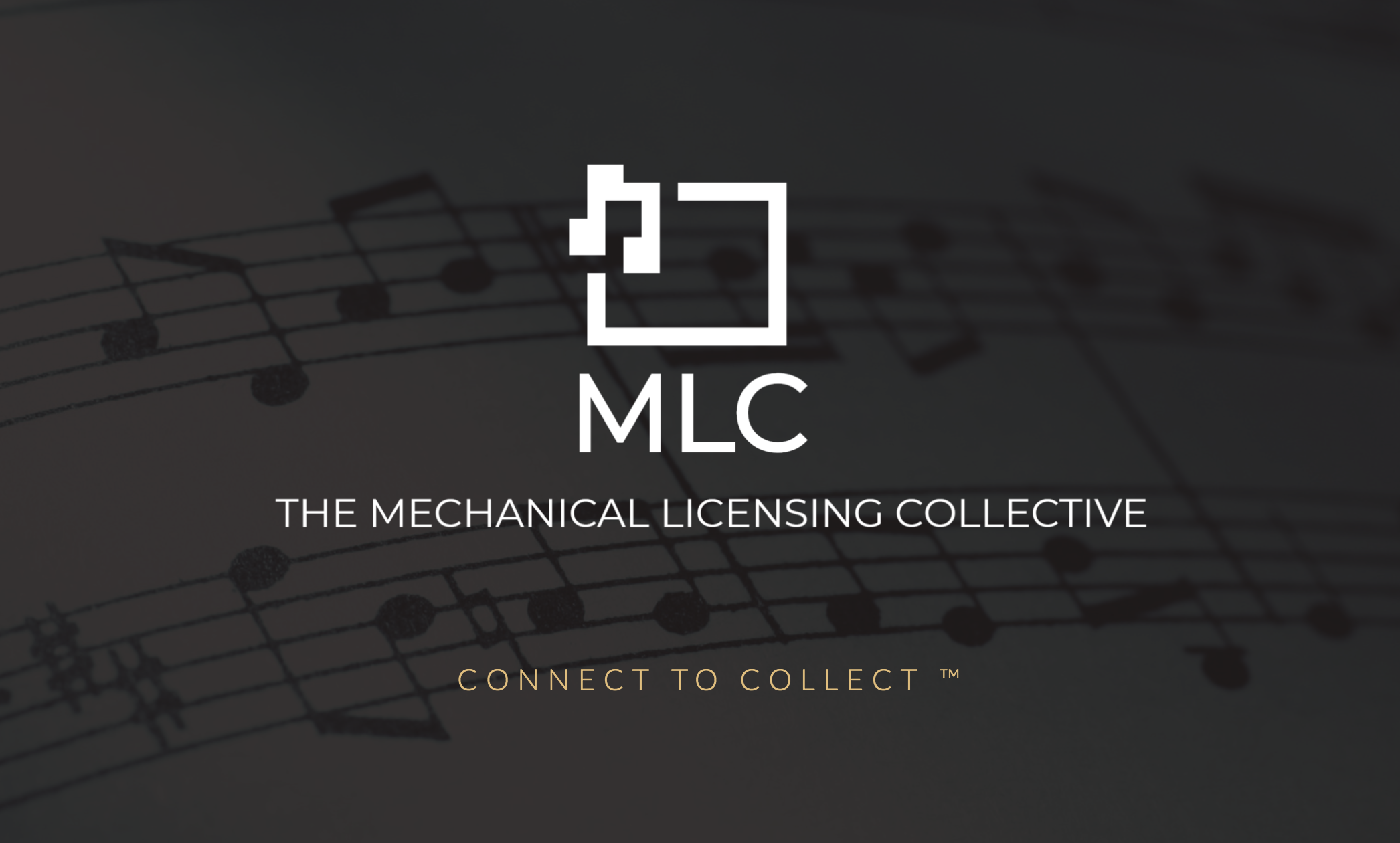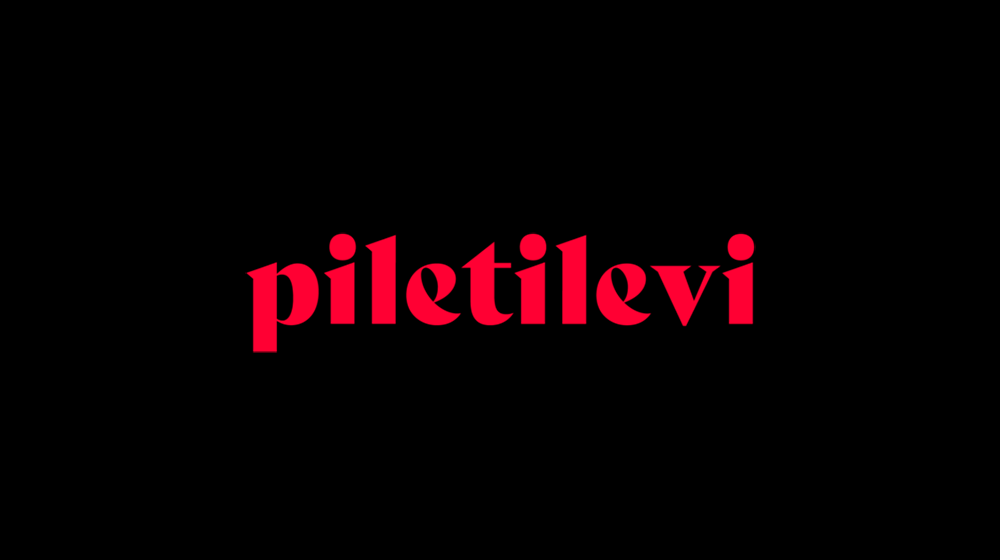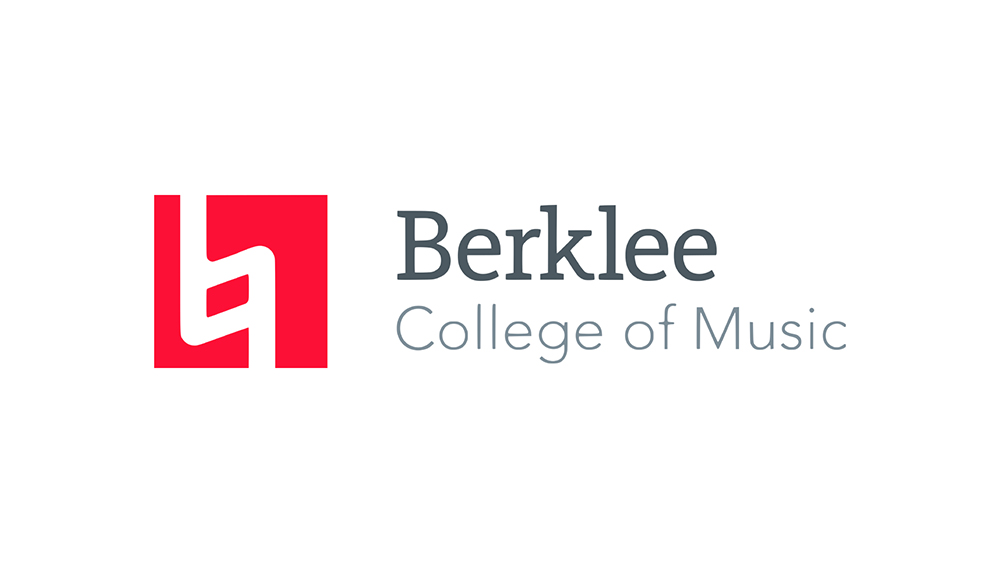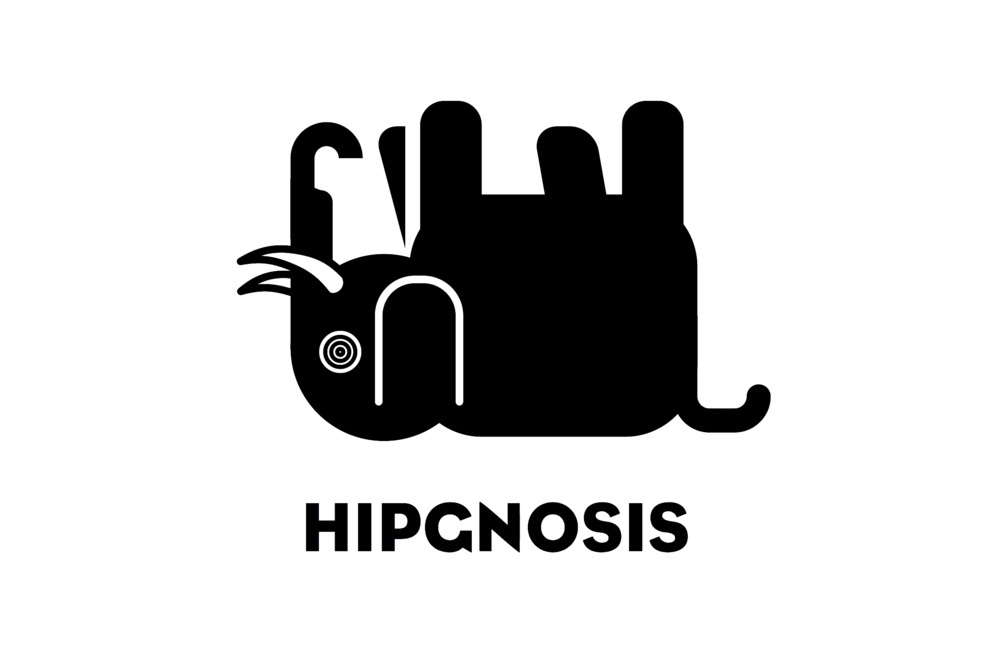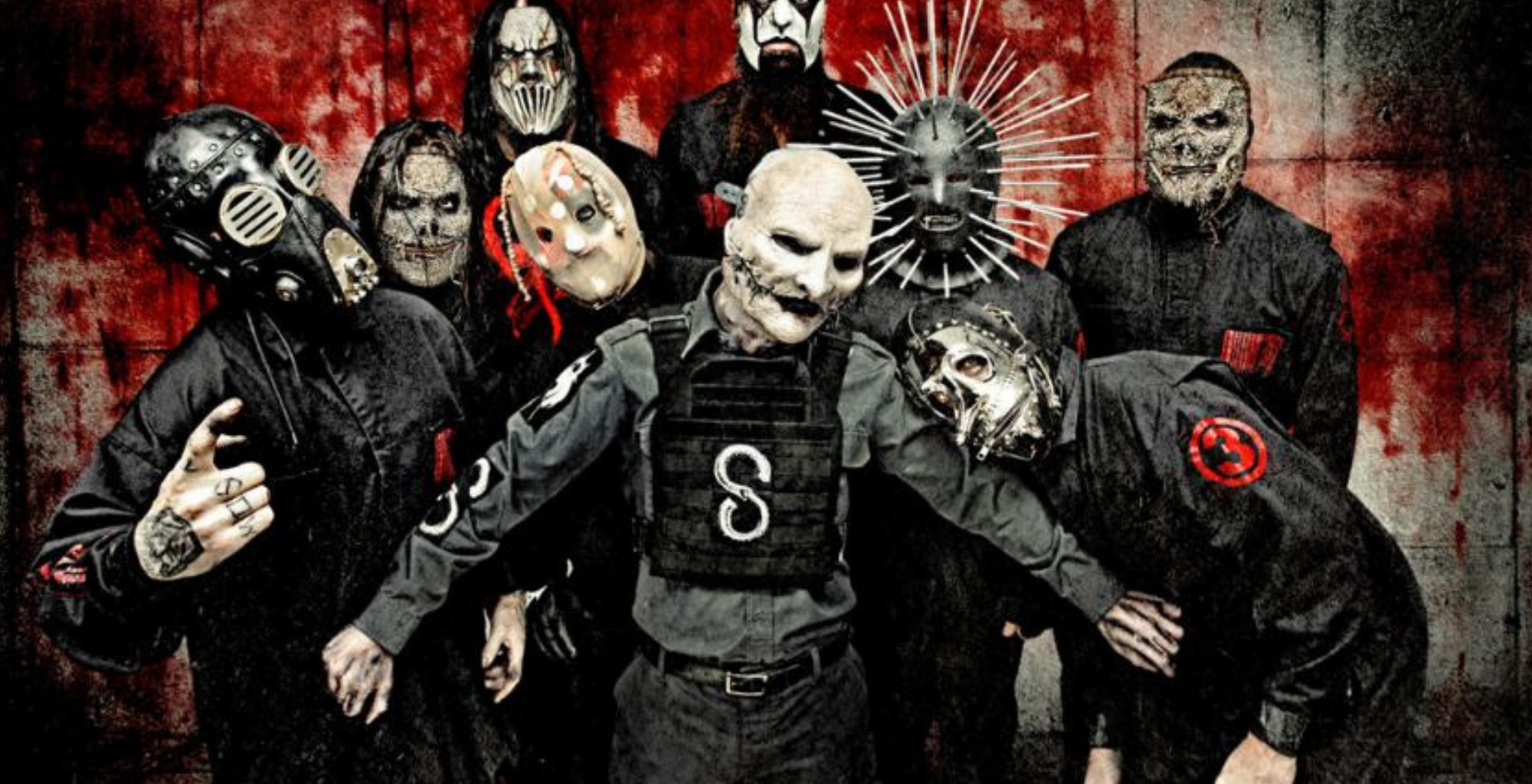(HYPEBOT) – The much talked shift in how Spotify calculates royalties has happened. But what do the changes actually mean for independent musicians?
The changes focus on three areas
- Royalties on tracks that get less than 100 streams a year
- Royalties for functional noise, ASMR, and white noise tracks.
- A renewed effort to punish streaming
Spotify claims these changes will mean a shift in royalties of more than $1B over the next 5 years.
“While each of these issues only impacts a small percentage of total streams,” said Spotify, “addressing them now means that we can drive approximately an additional $1 billion in revenue toward emerging and professional artists over the next five years.”
Let’s dig deeper.
Streams below 1000 per year don’t count
Perhaps the most controversial change will see hundreds of thousands of smaller artists – by some estimates representing as much as three-quarters of the tracks on the platform – cut out of royalties altogether.
Tracks must have logged “1,000 streams in the previous 12 months to generate recorded royalties.”
Note: Spotify’s use of the term “recorded royalties” is notable because, in the US and most countries, songwriters must, by law, be paid regardless of any streaming threshold.

Spotify says this change really won’t matter
Spotify offers a detailed argument as to why this shift will have far less impact on artists than many of the recent headlines imply.
Tens of millions of tracks on Spotify have been streamed between 1 and 1,000 times over the past year, and according to the streamer, on average, those tracks generated $0.03 per month.
Because distributors have a threshold before an artist can withdraw funds and banks charge a $1-$20 transaction fee, many small payments never make it to the artist.
These are the minimum payment thresholds for the three largest DIY distributors before transaction fees:
- Tunecore withdrawals start at $1
- DistroKid withdrawals begin at $2
- CD Baby withdrawals begin at $10.
According to Spotify, these small payments add up to $40 million per year, which will now be divided among all the artists who exceed 1,000 streams in the previous 12 months. “99.5% of all streams are of tracks that have at least 1,000 annual streams, and each of those tracks will earn more under this policy,” said Spotify.
$10 per Fake Stream
Since its inception, streaming bots, stream farms, and other methods of fraudulently boosting streams have been major problems for Spotify. So early next year, Spotify will start charging labels and distributors per track when flagrant artificial streaming is detected on their content.
Reports put the fines around $10 per infraction.
Gaming the System with Noise
Functional noise is prevalent and often streamed by users for hours. Functional genres will include white noise, nature sounds, machine noises, sound effects, non-spoken ASMR, and silence recordings.
But some “bad actors” edit their noise tracks to 30 seconds and stack them in a playlist without listeners noticing to earn bigger payments.
Spotify will now increase the minimum track length of functional noise recordings to two minutes and work with licensors to value noise streams at a fraction of the value of music streams. Reports put these new royalties at 20% of current levels.
Bruce Houghton is the Founder and Editor of Hypebot, a Senior Advisor at Bandsintown, President of the Skyline Artists Agency, and a Berklee College Of Music professor.

